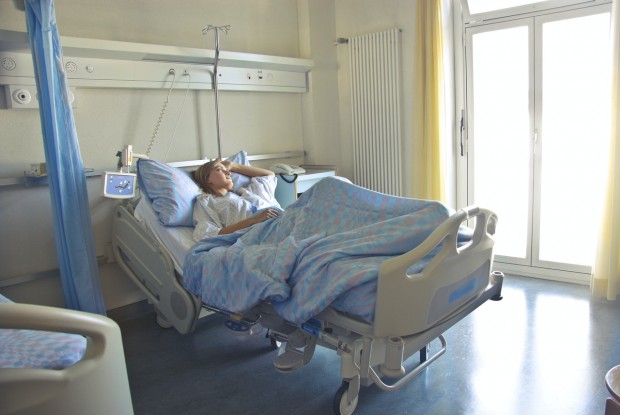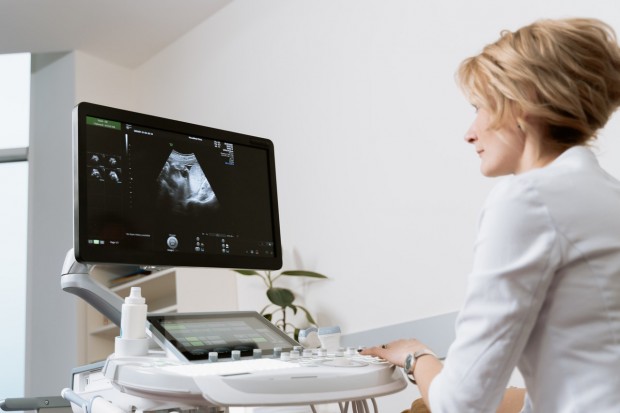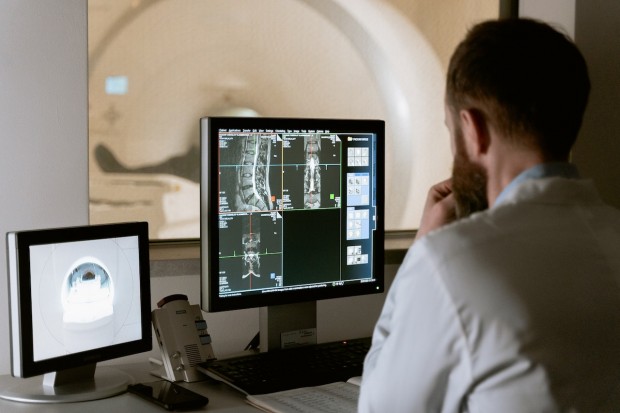The 5 Biggest and Best Medical Innovations of the Last Decade
- (Photo : MART PRODUCTION from Pexels)
Over the last decade, we have seen an incredible amount of growth and expansion thanks to the tireless work of medical professionals the world over. We have seen the rise of 3D bioprinting, stem cell research, 30-minute breast cancer treatments, and more. Decentralized clinical trials have brought us into a more patient-centric way of innovating; remote consultations have offered basic medical services to people who can't leave their homes: we're in better shape now than ever before. We understand the human body and how it works more than we ever have before, and that is a truly exciting thing. Join us as we take a closer look at some of the most exciting medical innovations that the last ten years have brought us.
1. Next Generation Health Monitors
Thanks to a new generation of patient-centric health monitoring devices, doctors and other medical professionals are now able to monitor their patients and test subjects in a more involved and more consistent way. Things like smartwatches, stick-on medical tattoos known as electronic skin, and health apps on patients' phones track all of their vitals in real-time and relay that information directly to their physicians. Expecting mothers can now monitor their babies in-utero to make sure that all is well even when they aren't at a hospital replete with monitors and scanners. These developments make life so much easier for patients: they don't have to lose time and money spending days at the hospital hooked up to monitors or at a clinical trial location, and doctors have access to more reliable and consistent data because it is relayed in real-time and while the patients are in situations natural to them.

2. Personalized Medical Care
Instead of sticking to the old way of doing things and offering many different patients one pill and hoping that it will work the same way, the concept of personalized medical care is stepping out of the shadows. Therapies and prescriptions are now being tailored not only to the patient's condition but also to their lifestyle and their genetic makeup. This attention to detail and to a patient's individual needs helps patients to recover faster and keeps more people healthy for longer. Personalized treatment is already being used to treat some types of cancer to great effect.
3. 3D BioPrinting
The 3D printing craze had not been around for long before the world began to see and test its potential to help in the medical field. The processes have evolved significantly over the last twenty years and, over the previous few years, have become exactly what modern medicine needs. Now we have moved beyond using 3D printing just for prosthetics and have moved into printing human organs that will hopefully one day be able to fully replace damaged ones in surgical transplant procedures. It started with orthopedic implants, then a 3D printed kidney which was used to help identify the location and size of a tumor; the potential is endless.

4. Lab-Grown Lungs
The world waits with bated breath for the day that not only human organs (which is a miracle enough in itself) but also meat can be grown in a lab to help minimize the effect of cattle farming, but for now, we will have to content ourselves with lungs. With lung diseases seemingly winning the fight, medical professionals have worked tirelessly to find innovative solutions. One such group of researchers at the University of Texas in Galveston actually grew an entire lung in a lab; no donor required. This process was a challenge and needed the collagen layer from a pig's lung as a base to grow an entirely new lung and implant it into a pig, where it worked flawlessly. While the procedure has yet to be replicated in a human host, this is a truly remarkable achievement.
5. Internet of Medical Things
While there are too many interesting and exciting "things" within the Internet of Medical Things to list here, the concept itself is an incredibly exciting development. The new generation patient monitors that we mentioned earlier work along with data capture software to share information about both patients and medical professionals. One of the most fascinating developments to come along with this idea is the pill developed to help with mental illnesses such as schizophrenia and to help Alzheimer's patients remember their meds. This nifty little pill contains a sensor that transmits information to the patient's smartphone.
Wrap Up
There were far too many incredible and exciting medical innovations in the last ten years to list them all here, but we believe we've covered some of the best! Who knows what the next ten years will hold.

















